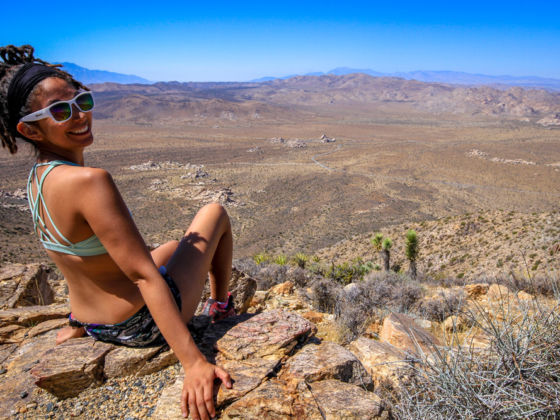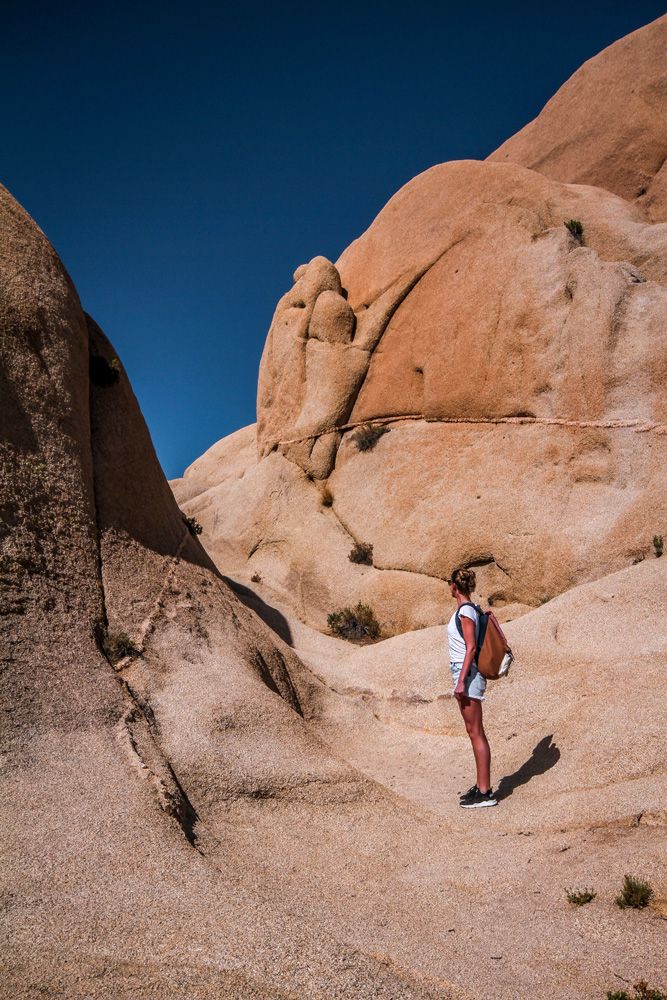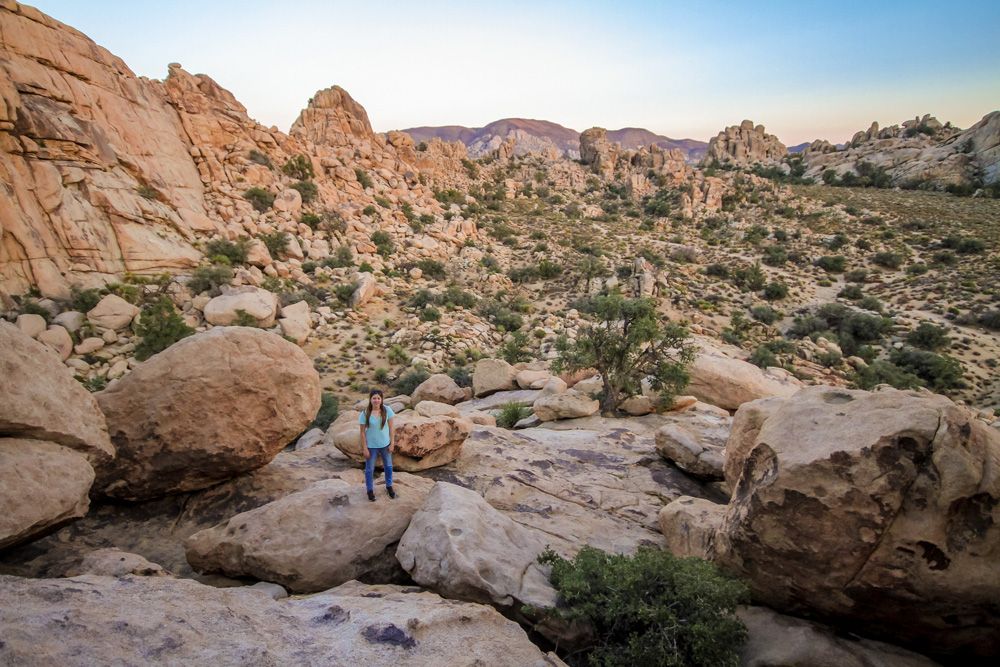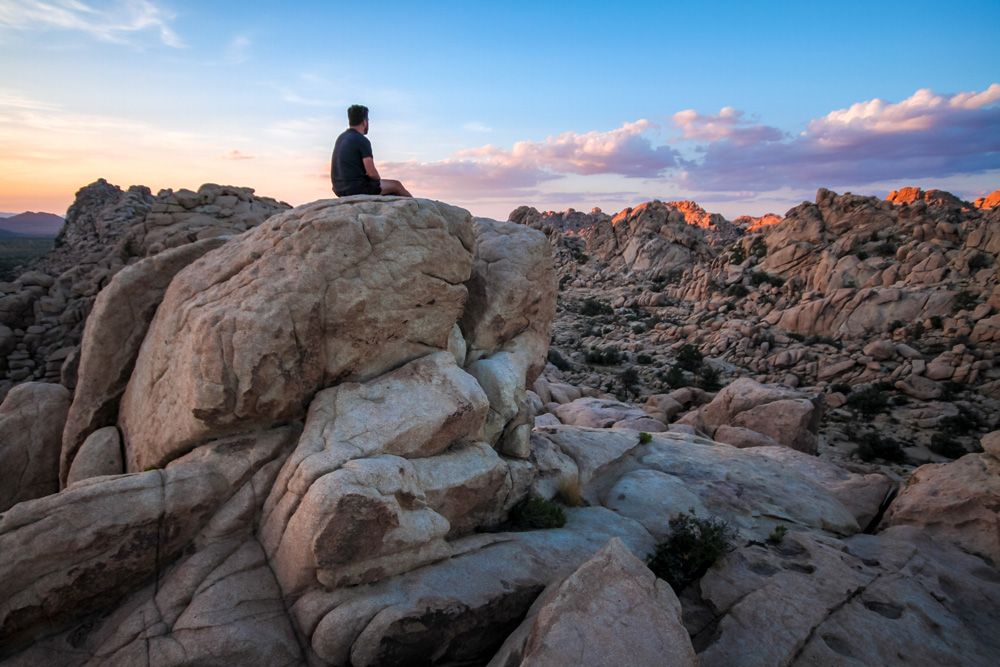Joshua Tree National Park — named after the iconic spiky and uniquely-shaped tree — is located in southern California, in the middle of the desert. The national park is well known for its stunning rock formations, with giant red boulders scattered throughout the area.
When to visit
High season for the park is February to May, when the temperature is most moderate. Low season is during the summer, from June-September. You will avoid the crowds during this time, but it also gets extremely hot during the day.





